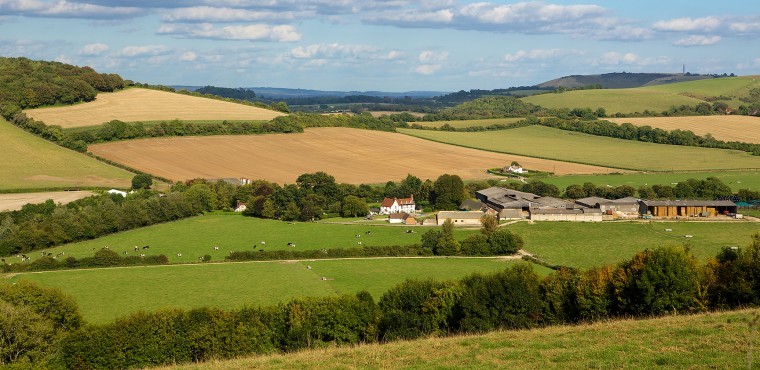About 11,000 agreements expired last year under the old entry level stewardship scheme. But CSS attracted just 2,314 applications during its first year in 2015 for the less onerous mid tier in, well short of the 6,000 or so Natural England and DEFRA had been hoping for. In addition, 326 more onerous higher tier applications – roughly equivalent to higher level stewardship (HLS) – were submitted from 1,000 expressions of interest.
So now the window is open for anyone interested in applying for the scheme’s grants to protect and enhance the natural environment. Countryside Stewardship is a rural development programme for England grant scheme. It will contribute about £900 million over six years to help farmers and woodland managers look after the environment. The scheme is competitive and applications will be scored against local priority targets to maximise environmental benefit. As well as payments for those in the mid and higher tiers, and there are capital grants available.
Applications are now open for the mid tier until 30 September 2016 and the higher tier until 30 April 2016 for applications which include agri environment options (with or without woodland support); and until 31 May 2016 for applications that include woodland support options only. Applications for the woodland creation grant were open until 31 March 2016 and applications for the hedgerows and boundaries grant are open until 30 April 2016.
Megan Cameron, rural adviser at the Country Land and Business Association’s South East office said: “Farmers need to look now at the environmental management work they are already doing, alongside food production and how they might extend it through the next five years. Although these grants will not take effect until January 2017, now is the time to decide whether to apply.
“Many farmers and landowners in the region are already involved in providing wildlife corridors, nesting opportunities for wild farmland birds and pollinators and water quality initiatives and countryside stewardship is a competitive scheme which offers the opportunity to attract funding for these important measures.”
Improving biodiversity and water quality are among the most important elements of countryside Stewardship, but the scheme also covers woodland management, flood risk management, protecting historic environment features and maintaining and restoring the natural landscape. Capital grants are also available for environmental works such as new fencing and hedging, coppicing to improve woodland and support for the creation of new woodland areas.
Ms Cameron added: “The creation of resting, feeding and nesting opportunities for wild farmland birds and pollinators are at the heart of countryside stewardship and in the case of higher tier and mid tier applications, these important land management options are part of the wild pollinator and farmland wildlife package, which should be spread across at least five percent of the application area to provide ecological benefit.”
She added that there was an option for farmers in the HLS – a ten year scheme which is in the last two years of its life – with a scheme of good ecological value to transfer now into the higher tier of the new CSS. “I know of cases where that has happened in the South East, but it is for farmers to decide whether they want to take up that option.”
Changes to the application process for the mid tier of CSS should make it more attractive, said Ms Cameron. Applicants should now know that they have a CSS agreement before they start taking costly soil samples rather than after. And the £5,000 minimum claim value for mid tier applications has gone, opening the door to more small farms who could not put enough options together to make up the minimum value. “Some 73% of farmers were in either HLS or entry level stewardship,” said Ms Cameron. “Those agreements will be expiring, so I hope the new CSS will increase in popularity.”




